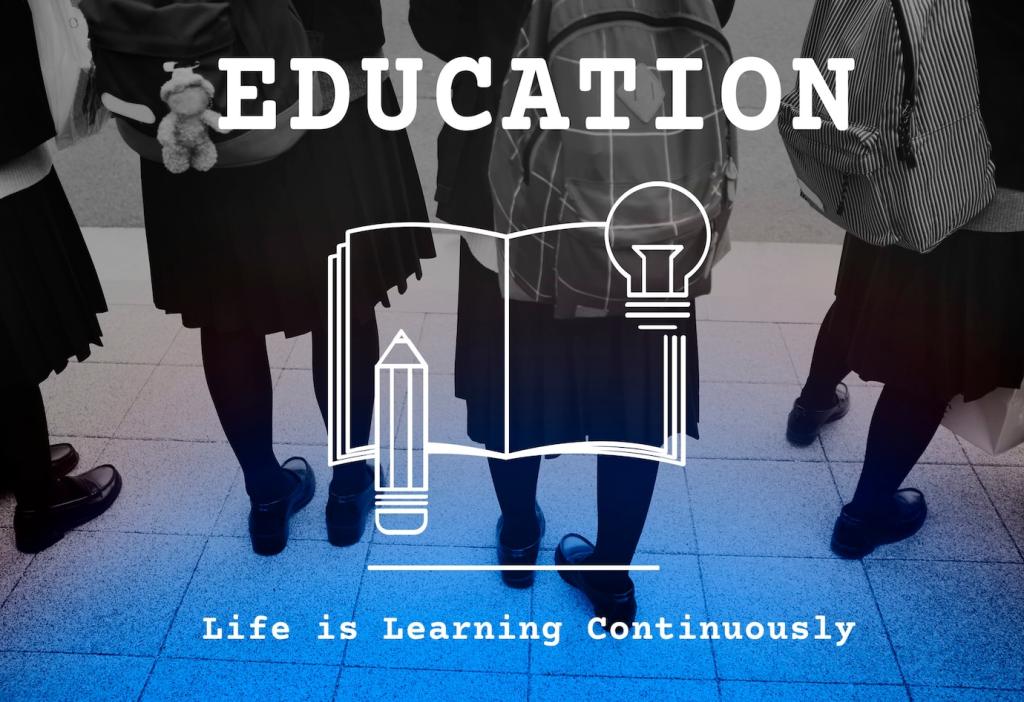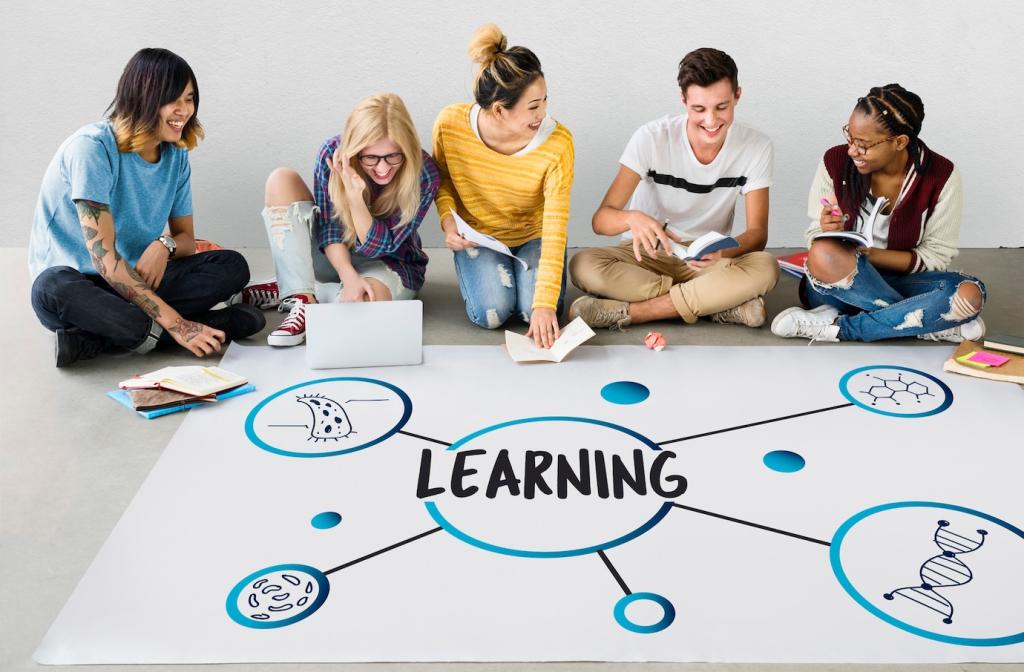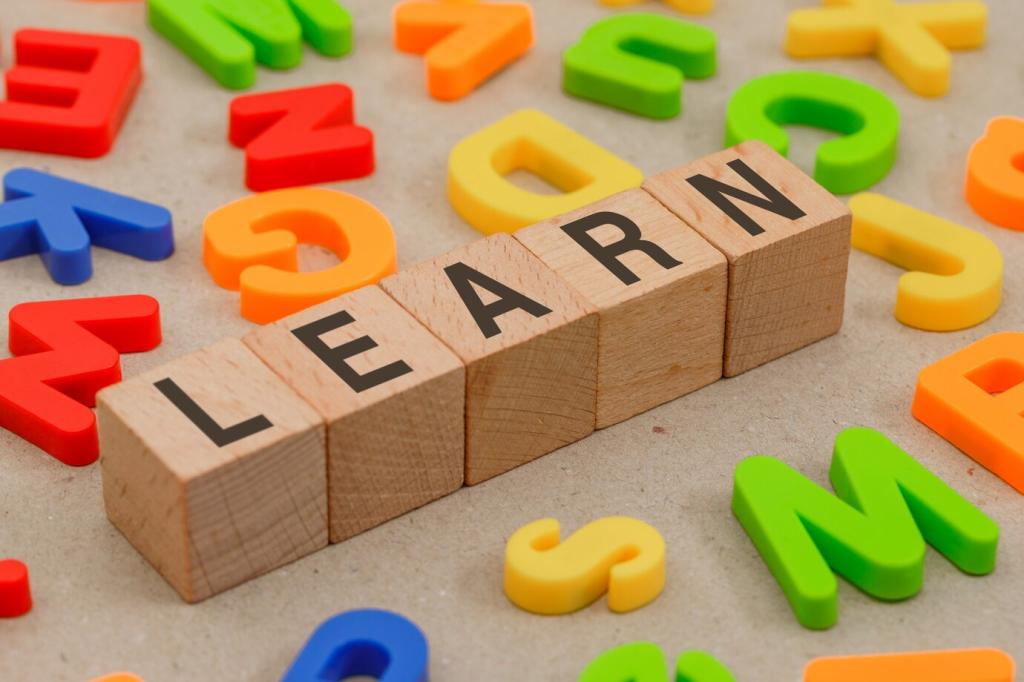Adults and Career-Changers: Respect Time and Experience
Build short, standalone modules with clear prerequisites and self-checks. Offer mobile-friendly formats and printable quick sheets. A nurse in our pilot program advanced during night shifts by completing ten-minute segments, then applied the skills on the floor the very next day.
Adults and Career-Changers: Respect Time and Experience
Include prompts that surface prior experience and map it to new skills. Provide scenarios that mirror workplace realities, plus options to submit real artifacts. Recognizing transfer respects adult identity and accelerates mastery with practical, confidence-building wins.







